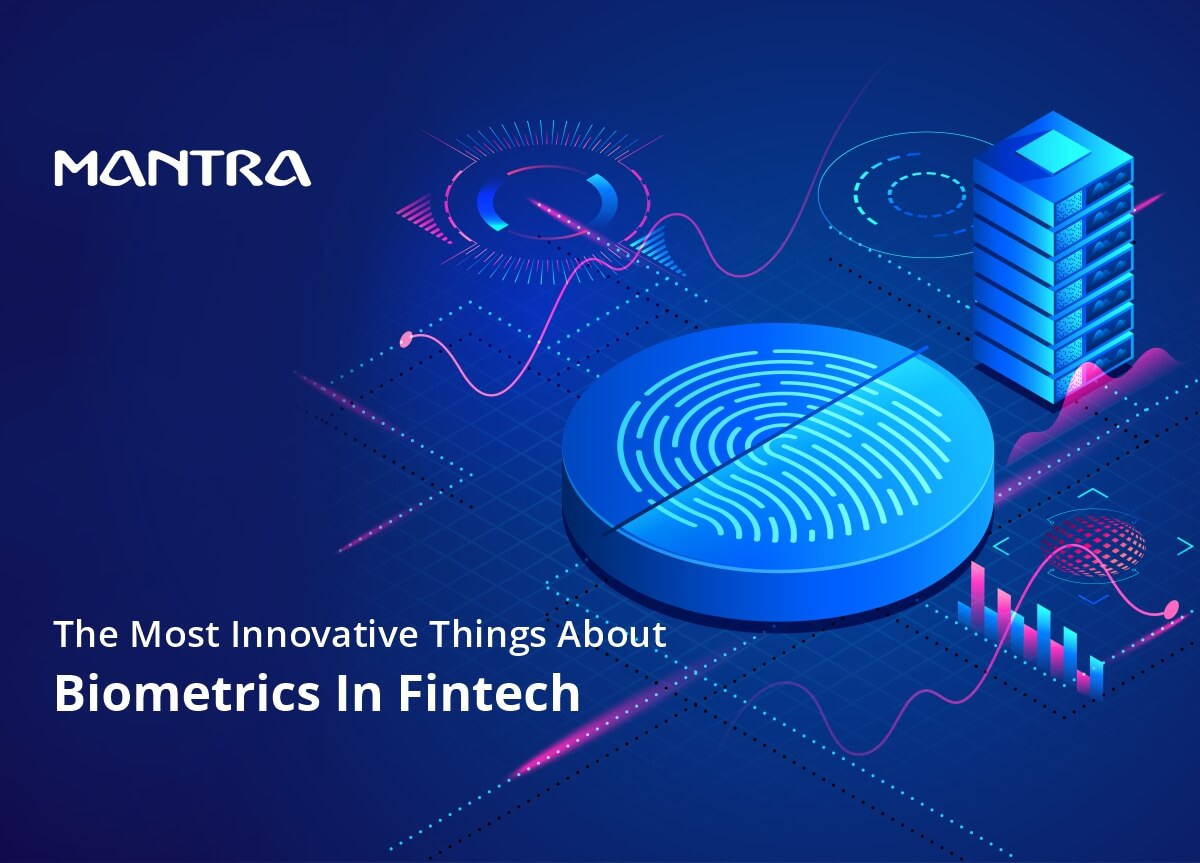
Biometrics and FinTech are some of the fastest-growing technologies in the 21st century. It's not the latest news that both the technologies blended to achieve fast and safe banking transactions for the public. But it is evolving as the dependency on mobile banking, AI, IoT, big data is increasing day by day. As the technology evolves, so do the hackers.
FinTech is a combination of finance and technology elements. Traditional banks offer FinTech services in online banking, transactions, and mobile payment systems. But, FinTech banks provide 100% digital services, and they don't even need a corporate office. They are licensed to manage only electronic money, so they are not considered banks. However, because they can handle physical currency, they may be regarded as banks in the future.
FinTech is the future since they can give more services and attractive offers because they do not have to invest as much money on infrastructure and staff. Attracted to smooth and fast operation, the public and banks are adapting FinTech services growing the market at 13.7%CAGR to reach $190billion by 2026. Traditional banks started setting up or buying FinTech banks to turn themselves digitally updated.
Though public trust in FinTech solutions has to increase, that can only achieve through secured and accurate authentication and KYC procedures. As of now, biometrics is the best and only option since hackers also use AI technology to hack PINs and passwords. Biometrics ensure the security of Fintech applications like banking, investing, blockchain, payment, insurance, and trading.
Biometric authentication in Fintech
FinTech developed must give appropriate security protection to users. Apart from secured authentication, the authentication method is a variable that affects users when they consider FinTech banks. According to current technology, biometrics is the accurate, reliable, and fastest authentication method (both online and offline). Biometric authentication helps customers in two ways: by securing their accounts and reducing the risks of using a single password, by unifying the authentication process for various service scenarios. Biometrics authentication methods, fingerprint, face recognition, iris, and voice, are employed in Fintech security. Applications of such biometrics in FinTech are as mentioned below:
Payment & transaction services
Payment systems started using biometric verification to confirm online payment. The latest trend in payment systems is confirming payment with selfies and voice commands. Payment applications may authenticate their owners by taking selfies using smartphone 3D facial recognition technology. Also, biometrics like fingerprints, voices, and faces are used in multifactor authentication with passwords for transactions.
KYC for banking & insurance
Biometrics enables customers to do KYC with FinTech banks from wherever they are. Thus, it helps FinTech banks and traditional banks in online KYC authentication. With biometric authentication, FinTechs can offer insurance without a medical certificate (if required, they can give their health ID, i.e., biometrically authenticated).
Securing wallets
The biometric security mechanism is now common for traditional bank and digital currency wallets, such as cryptocurrency. These wallets are usually accessed via smartphone apps, and online applications are vulnerable in the absence of robust verification techniques like biometrics. Cryptocurrencies stored in any digital or electronic memory can secure with biometrics.
Conclusion
The FinTech banking market has increased over time, but not to its full potential. Still, there is friction in the growth due to a lack of adequate investments and cyber threats. Account hacking may be avoided with biometric security, attracting increasing investment in the industry. As a result, more banks will seek partnerships with FinTech banks or establish their own in the near future. The FinTech market will continue to exist for a long time. So biometric adaptation will be necessary.
Comments